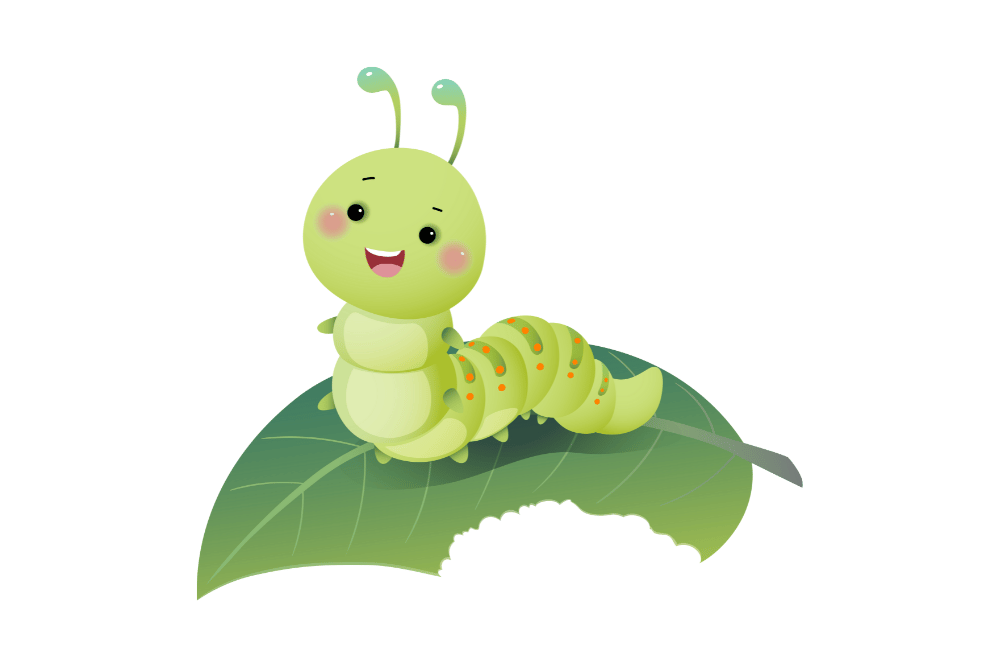
Scientific Name
Anartia jatrophae
Average Life Span
1 to 4 months
Wingspan
2 - 2 3/4 inches (5.1 - 7 cm)
The white peacock butterfly (Anartia jatrophae) is a beautiful and graceful species that can be found in the warmer regions of the Americas, including Central America, the Caribbean, southern Texas and Florida. This butterfly, known for its lovely white wings with brown and orange markings, is commonly seen in marshes, open fields, and roadside ditches. Its graceful flight and preference for sunny, open settings make it popular among butterfly enthusiasts. Beyond its beauty, the white peacock contributes to local ecosystems by feasting on nectar plants and pollinating them.
RANGE
The white peacock butterfly can be found throughout Central America and the Caribbean, with established populations in southern Texas and Florida. Smaller, more dispersed populations have also been seen in North Carolina, Missouri, Nebraska and Kansas.
Host Plants
The white peacock butterfly’s host plants include herb-of-grace (Bacopa monnieri), wild petunia (Ruellia caroliniensis), southern frogfruit (Lippia stoechadifolia), Carolina false vervain (Verbena carnea), and turkey-tangle frogfruit (Phyla nodiflora). Other frequent plants include Bacopa, Ruellia, and Lippia.
Read about the resurgence of the Atala butterfly, which was once on the verge of extinction but is again flourishing in Florida’s lush settings. Discover the critical role performed by its host plant, the Coontie, in this incredible conservation success story.

NECTAR PLANTS
White peacock butterflies feed on a wide range of nectar sources, including shepherd’s needle (bidens alba), frogfruit, white hyssop, matchheads, wild petunias, Cordia, Casearia, and numerous composite flowers.

Eggs
Females lay green eggs singly on leaves of host plant.

Caterpillar
The white peacock caterpillar is dark gray, with little silvery spots and black spines.

Chrysalis
The white peacock's chrysalis is light green. Smooth, with a narrow back line and light spots on the upper surface. We currently do not have an image of the chrysalis.


